Detachment from Place
Beyond an Archaeology of Settlement Abandonment
edited by
Maxime Lamoureux-St-Hilaire and Scott Macrae
U NIVERSITY P RESS OF C OLORADO
Louisville
2020 by University Press of Colorado
Published by University Press of Colorado
245 Century Circle, Suite 202
Louisville, Colorado 80027
All rights reserved

The University Press of Colorado is a proud member of the Association of University Presses.
The University Press of Colorado is a cooperative publishing enterprise supported, in part, by Adams State University, Colorado State University, Fort Lewis College, Metropolitan State University of Denver, Regis University, University of Colorado, University of Northern Colorado, University of Wyoming, Utah State University, and Western Colorado University.
ISBN: 978-1-60732-814-8 (hardcover)
ISBN: 978-1-64642-008-7 (ebook)
https://doi.org/10.5876/9781646420087
Library of Congress Cataloging-in-Publication Data
Names: Lamoureux-St-Hilaire, Maxime, editor. | Macrae, Scott, 1984 editor.
Title: Detachment from place : beyond an archaeology of settlement abandonment / edited by Maxime Lamoureux-St-Hilaire and Scott Macrae.
Description: Louisville : University Press of Colorado, [2020] | Includes bibliographical references and index.
Identifiers: LCCN 2019039436 (print) | LCCN 2019039437 (ebook) | ISBN 9781607328148 (cloth) | ISBN 9781646420087 (ebook)
Subjects: LCSH: Land settlement patterns, Prehistoric. | Human settlements. | Human ecology. | Landscape archaeology. | Place attachment.
Classification: LCC GN799.S43 .D48 2020 (print) | LCC GN799.S43 (ebook) | DDC 307.1/4dc23
LC record available at https://lccn.loc.gov/2019039436
LC ebook record available at https://lccn.loc.gov/2019039437
Cover art by Aaron Alfano
To our wives, Mary Kate Kelly and Eniko Macrae, who, beyond supporting us throughout the challenges of academia, embody the importance of attachment to place.
Contents
Maxime Lamoureux-St-Hilaire and Scott Macrae
Patricia A. McAnany and Maxime Lamoureux-St-Hilaire
Donna M. Glowacki
Jennifer Birch and Louis Lesage
Kenneth E. Sassaman and Asa R. Randall
Scott Macrae, Gyles Iannone, and Pete Demarte
Maxime Lamoureux-St-Hilaire, Marcello A. Canuto, Toms Q. Barrientos, and Jos Eduardo Bustamante
Phillip de Barros
Michael D. Danti
Gyles Iannone
Catherine M. Cameron
Jeffrey H. Cohen
Regional map showing the MV Core with the McElmo and MV Cuestas subregions
Tree-ring dates for the Mesa Verde Coreconstruction and remodeling episodes for the Mesa Verde cuesta and McElmo subregions
The percent change in the estimated momentary households for large centers and small sites
Location of historically documented Iroquoian-speaking groups and the ancestral territories formerly occupied and/or claimed by those groups in the Lower Great Lakes and St. Lawrence Valley
Plan view of Poverty Point site in northeast Louisiana
Physiography of the American Southeast with directional arrows of flow of major rivers draining the Coastal Plain and peninsular Florida and modeled counterclockwise rotation of water in the greater region
Cosmogram of the American Southeast, showing Upper and Lower Worlds, portals on opposite margins of the region, solstice lines emanating from south of Choctawhatchee Bay, locations of soapstone caches, and locations of two major soapstone quarries of the Upper World
Futurescape of the Lower Suwannee Region, ca. 4,000 years ago, showing locations of three cemeteries and the meridians that structure a solar grid connecting the past to the future with respect to the rising sea
Climate proxy data from stalagmite MC01 covering the major Maya occupation on the Vaca Plateau: (A) ultraviolet-stimulated luminescence, (B) 13C, and (C) 18.
Important archaeological sites of the Maya world and archaeological sites of the North Vaca Plateau
The settlement groups found within the Minanha Epicenter and Site Core
The Contreras Valley survey zone representative of the Minanha support population
The settlement groups found within the minor center of Waybil, located in the North Vaca Plateau
Percentage of occupied residential settlement units and agricultural terraces, in association with Major Drought Events (MDE)
Map of the Maya world with important archaeological sites
Map of the La Corona epicenter
Photo mosaic of Room 1 of Str. 13Q-4P, located in Halcn South, featuring some of the archaeological correlates of its reverential termination
Top plan of the Tucn Phase of the La Corona palace with features mentioned in the text labeled
Close-up photo of the on-floor figurine cache during excavation, after the sherds covering it had been removed
Bassar and Bassar iron trade in relationship to states of the Middle Volta Basin and Hausa kola routes ca. 1800; village migration sources also shown, e.g., Meung
Bassar region showing iron ores, chiefdoms centered on Bassar and Kabu, and specialist villages at contact (1890s)
Bitchabe region with key village, archaeological and sacred sites
Bassar region at contact, including villages/sites from 1825 to the 1890s, especially north of Bandjeli
Northern Bandjeli region with key village, archaeological, and sacred sites
Sacred grove Kutaajul on top of the mountain (Bidjomambe)
Map of Syria showing the location of Tell es-Sweyhat and other sites mentioned in the text
Tell es-Sweyhat from the south in 200.
Map of the Tell es-Sweyhat region showing annual rainfall isohyets
The Period 4 temple showing the main phase of construction, looking east along the buildings long axis toward the raised cult target and an aniconic stone stele
Map of mainland Southeast Asia showing the location of Bagan and some of the other classical capitals of the region
Map of the Bagan epicenter and periurban zone, with examples of some of the larger temples: Ananda Phaya, Htilominlo, and Thatbyinnyu Pahto
Repairs being carried out to the So-Min Gyi stupa as a result of the earthquake that impacted Bagan on August 24, 201.
Momentary population estimates from Schwindt et al. 2016:table 2, and percent change between periods
The number of community centers that were newly constructed, continued to be occupied, and abandoned during each period
Settlement Type Classification (see Ashmore et al. 1994)
Introduction
Maxime Lamoureux-St-Hilaire and Scott Macrae
A places enduring human occupation creates bonds between people and their inhabited landscape. This people-place relationship attaches groups to their homeland in a way that largely defines their economic, ideological, and cultural identity. Yet, no human occupation is everlasting. As individuals, households, or whole communities inevitably end their occupation of a landscape, the ties binding them are either altered or severed. This processdetachment from place


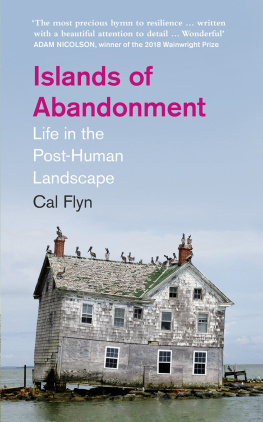
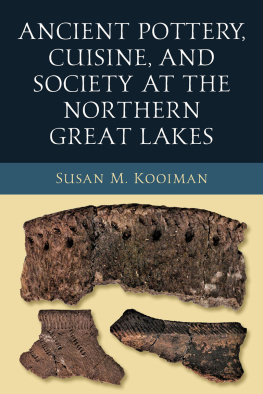
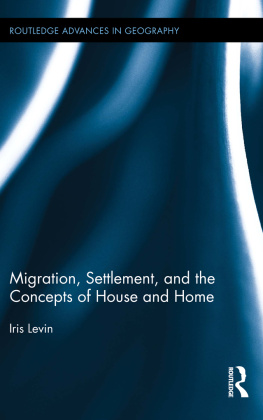
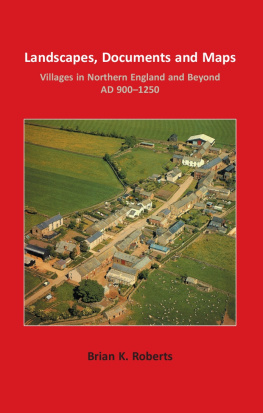
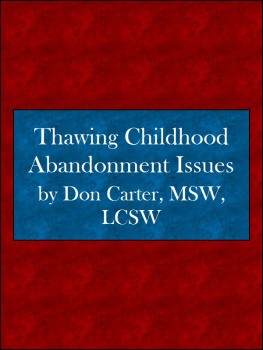
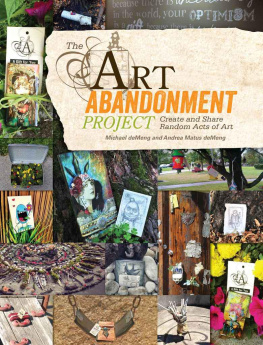
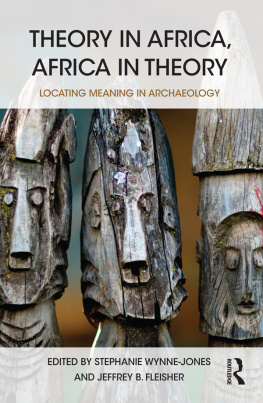
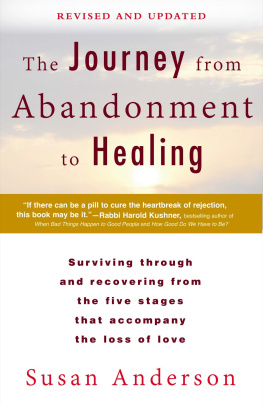

 The University Press of Colorado is a proud member of the Association of University Presses.
The University Press of Colorado is a proud member of the Association of University Presses.